Regio Decreto 03-04-1937: attribuzione del gonfalone
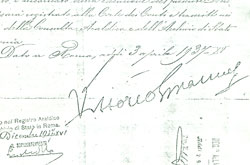
- Un dettaglio del documento
Il re Vittorio Emanuele III decreto del 3 aprile 1937 concede l'uso del gonfalone della città.
Il regio decreto è seguito da una lettera del 22-10-1981 dell'ufficio araldico presso la Presidenza del Consiglio, in cui viene chiarito che, per effetto del decreto del 2 febbraio 1938 che attribuisce il titolo di città, i ricami del drappo sono d'oro.
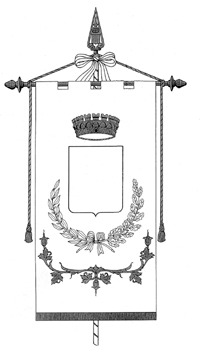
- Un esempio di gonfalone
Il gonfalone è un vessillo di forma rettangolare appeso per un lato minore ad un'asta orizzontale a sua volta incrociata con una verticale sostenuta da chi porta il gonfalone (gonfaloniere). I comuni italiani sono rappresentati da un proprio gonfalone con al centro lo stemma comunale che viene concesso, su richiesta del Sindaco, dal Presidente della Repubblica su proposta del Presidente del Consiglio dei Ministri.
I gonfaloni ufficiali, secondo l'Ufficio Onorificenze e Araldica pubblica del Dipartimento del Cerimoniale di Stato, devono essere «di un metro per due, del colore di uno o di tutti gli smalti dello stemma dell'ente, sospeso mediante un bilico mobile ad un'asta ricoperta di velluto dello stesso colore, con bullette poste a spirale, e terminata in punta da una freccia, sulla quale sarà riprodotto lo stemma, e sul gambo il nome dell'ente. Il drappo, riccamente ornato e frangiato sarà caricato, nel centro, dello stemma dell'ente, sormontato dall'iscrizione centrata (convessa verso l'alto) dell'ente. La cravatta frangiata dovrà consistere in nastri tricolorati dai colori nazionali». (art. 5, Regio Decreto 7 giugno 1943, n. 652).
The
king Vittorio Emanuele III with the decree of the 3rd April 1937
grants the use of the banner to the city.
The
royal decree is followed by a letter dated 22/10/1981 from the
herald’s office at the Council Presidency, where it is clarified
that, as a result of the decree of the 2nd February 1938 that confers
to Crotone the title of city, the drapes are embroidered with gold.
The
banner is an emblem of rectangular shape hanging on a shorter side
from a horizontal rod, crossed with a vertical rod normally holded by
a Gonfalonier.
The
Italian local authorities are each represented by a different banner
with at the centre the civic coat that is given, after being
requested by the mayor, by the President of the Republic after
proposal of the Prime Minister.
Each
official banner, according to the office of Public Honours and
Heraldry of the State Cerimonial Department, has to be “one metre
by two, of one or all the colours present in the coat of the local
authority suspended by a velvet covered rod of the same colour and
ends at the top in an arrow where is depicted the civic coat and on
the staff of the gonfalon the name of the city.
The
drape, richly decorated and fringed, has at the centre the civic coat
surmounted by the centred inscription (slightly turned upwards) of
the name of the city. The tasseled sash will consist of ribbons in
the national tricolour.
El Rey Vittorio Emanuele III con decreto ley del tres de Abril 1937 confiere el uso del gonfalón de la ciudad.
El decreto real es seguido por una carta, del 22-10-1981, del departamento heráldico en la Presidencia del Consejo, en la que se aclara que por efecto del decreto del dos de Februero 1938, que confiere el título de ciudad, los bordados del pañuelo son de oro.
El gonfalón es una bandera de forma rectangular colgada por un lado de una barra horizontal a su vez cruzada con una barra vertical, generalmente sostenida por el portador de la bandera ( el confaloniero ).Los ayuntamientos italianos están representados por su proprio gonfalón con el escudo municipal en el centro, que es otorgado a petición del alcalde, por el Presidente de la República por una propuesta del Presidiente del Consejo de Ministros.
Los gonfalones uficiales, según lo expresado por el oficio de Honores y Heráldica Pública del Departamento de Cerimonias del Estado, tiene que ser: “ de un metro por dos del color de uno o de todos los esmaltes del escudo cívico, colgado en una subasta cubierta de terciopelo del mismo color y termina en la punta por una flecha en la que es reproducido el escudo cívico, y en la subasta central el nombre de la istitución.
El pañuelo ricamente adornado y fringado tiene en el centro el escudo del ente y ( ligeramente hacia arriba) su inscripción. La corbata del gonfalón debe consistir en cintas con los colores de la nación”. (art.5, Decreto Ley 07/06/1943, n. 652).

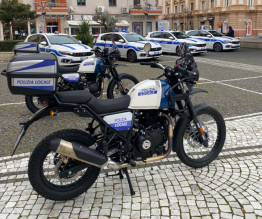





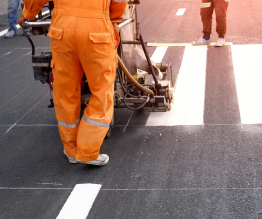


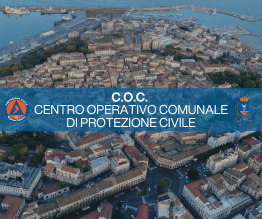




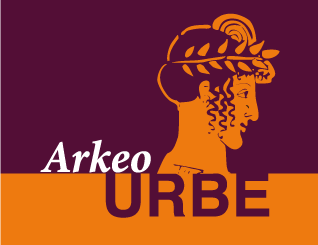
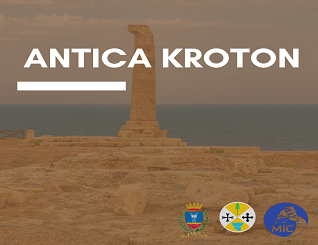

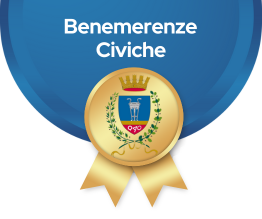

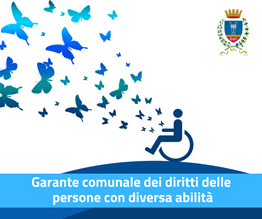

 Il decreto del 03-04-1937
Il decreto del 03-04-1937